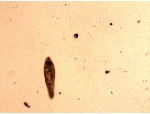Protozoa Motility and Mortality
by
Clifford E Carnicom
Sep 29 2017
A protozoa culture has been subjected to a specific and isolated protein. This protein is described in greater detail in the paper entitled, Morgellons: Unique Protein Isolated and Characterized (Aug 2017). This protein is derived from the microorganism tentatively identified as a ‘cross-domain bacteria (CDB) as described more extensively on this site.
The concentration of the protein concentration that is applied to the protozoa is approximately 0.1% by weight to volume of water; this is a rather weak solution in comparison to other biological trials that are underway. Control solutions with the use of water alone are conducted in parallel for comparison. The protozoa culture is dominated by common species, such as paramecium, euglena, stentor, volvox, and amoeba.
The result of this experiment is that the motility of the protozoa is diminished significantly after a specific time period in comparison to that of the control culture. The mortality rate of the protozoa is also increased in a corresponding fashion in comparison to that of the control and the rate of the mortality appears to be in direct proportion to the size and mass of the species. The control protozoa have not demonstrated any harm or degradation during an extended observation period.
Time lapse images which demonstrate some of the observed changes in the viability of the culture are shown below.
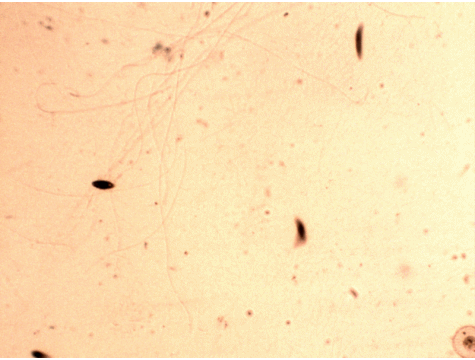 |
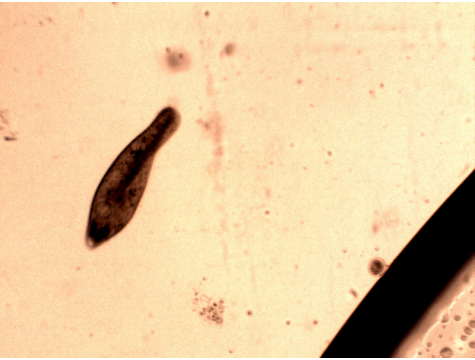 |
|
Time lapse images of protozoa cultured in control water infusion nutrient solution. These images were captured after the extended time interval of approximately 3 hours. Behavior and motion appear normal in all respects. The species on the left are euglena; the species on the right side is a paramecium. The rate and direction of motion for the paramecia often makes it difficult to capture the organism at this level of magnification. Magnification approx. 600x.
|
|
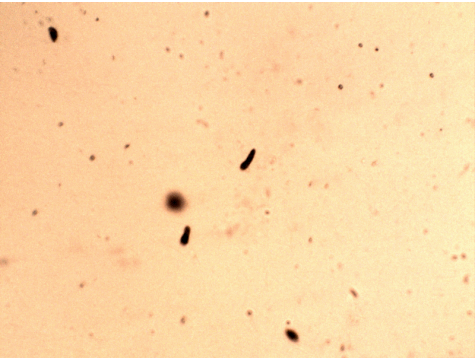 |
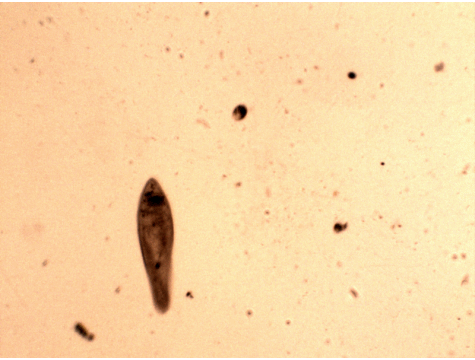 |
|
Time lapse images of protozoa that have been subjected to a 0.1% protein solution by weight. These images were captured after a period of exposure to the weak protein solution for approximately 45 – 90 minutes. Euglena are visible in the left photograph (~45 min.) and both paramecium and euglena are visible in the right photograph (~90 min.).The origin and general nature of this particular protein has been described within additional research papers on this site. Behavior and motion do not appear normal. Both species types are significantly impaired in their motion. The vast majority of the euglena appear to be expired at the end of the 90 minute period. The paramecia show a gradual deterioration with very erratic, confused and generally confined motion. Some of the individual paramecium roll into a ball or spherical structure and spin repeatedly until expiring. Magnification approx. 600x.
|
|
This report suggests that the biological and health impacts from this particular protein may be highly significant and detrimental. Additional tests underway support this concern.
Clifford E Carnicom
Sep 29 2017
Born Clifford Bruce Stewart
Jan 19 1953
